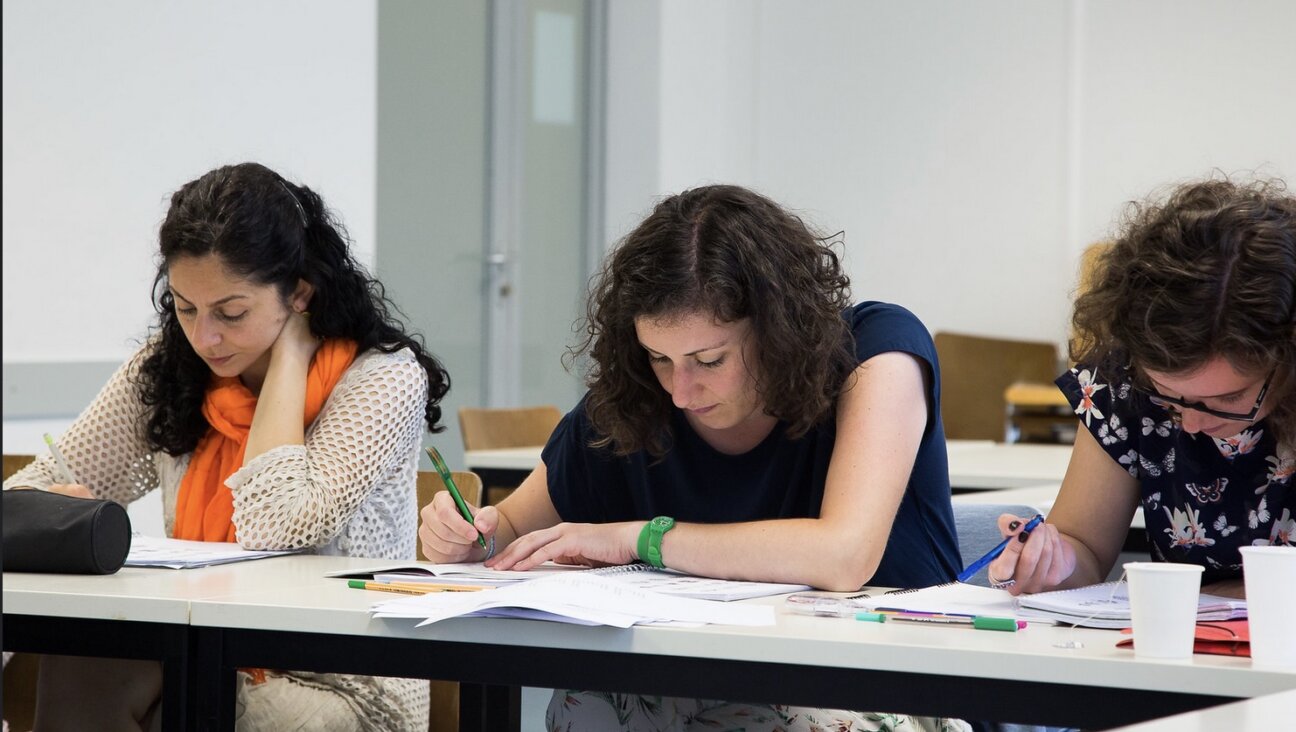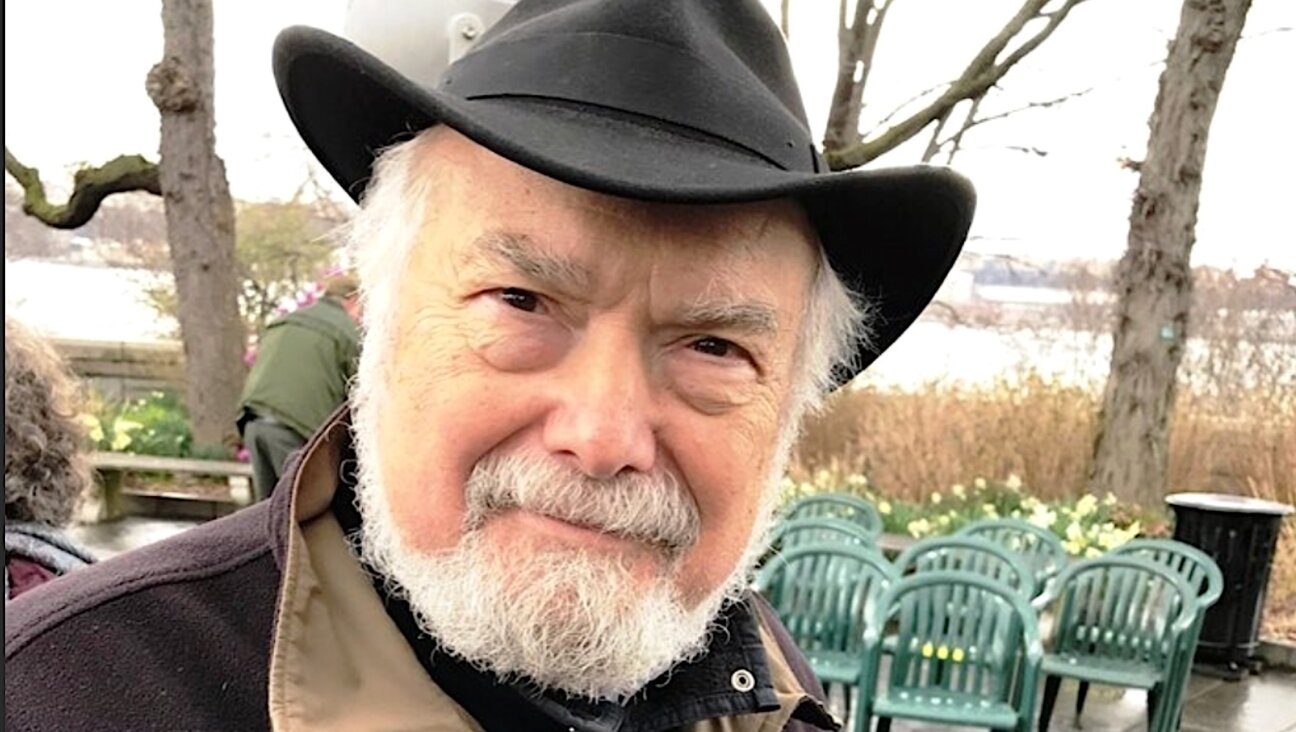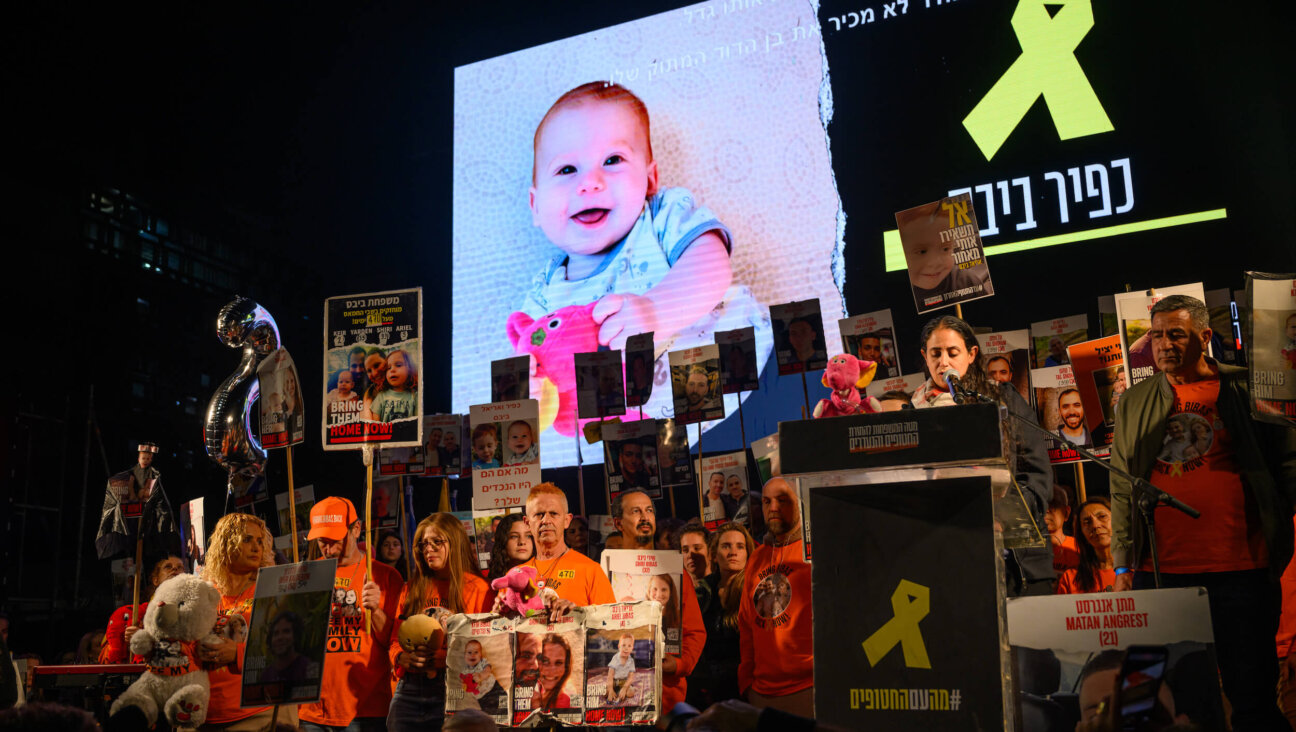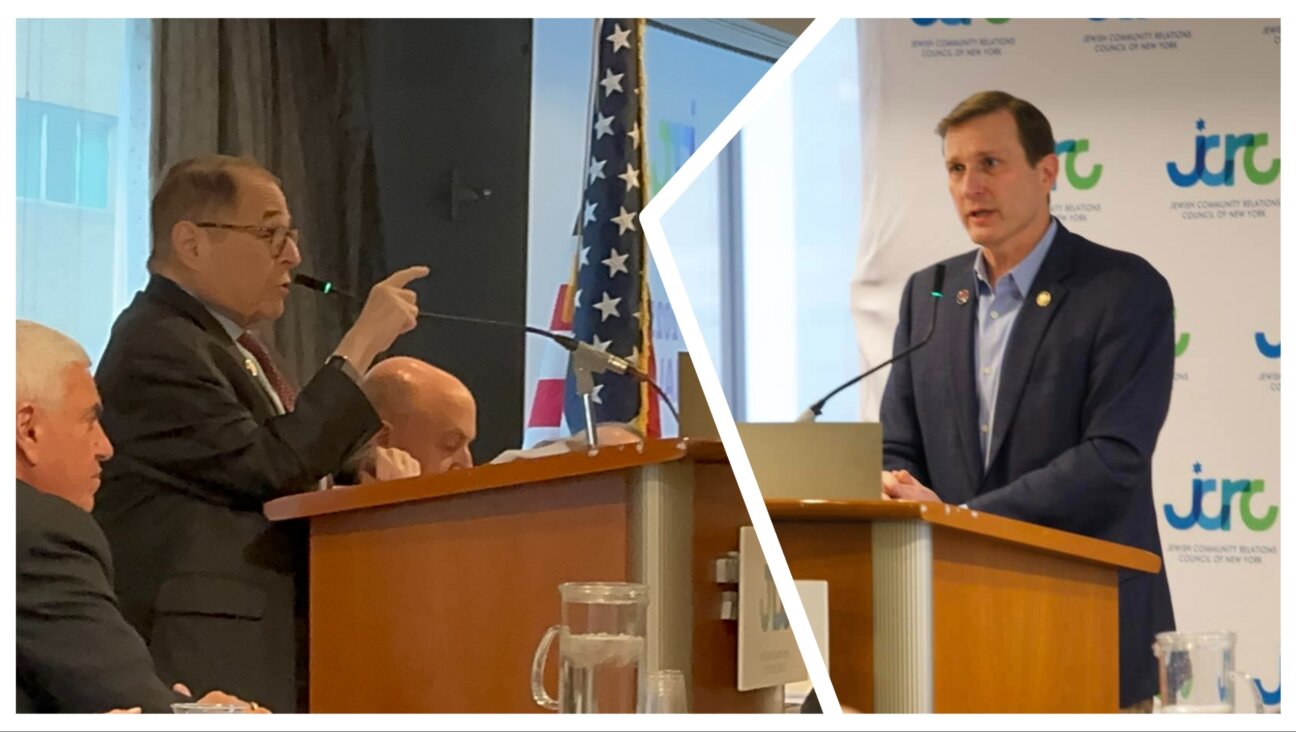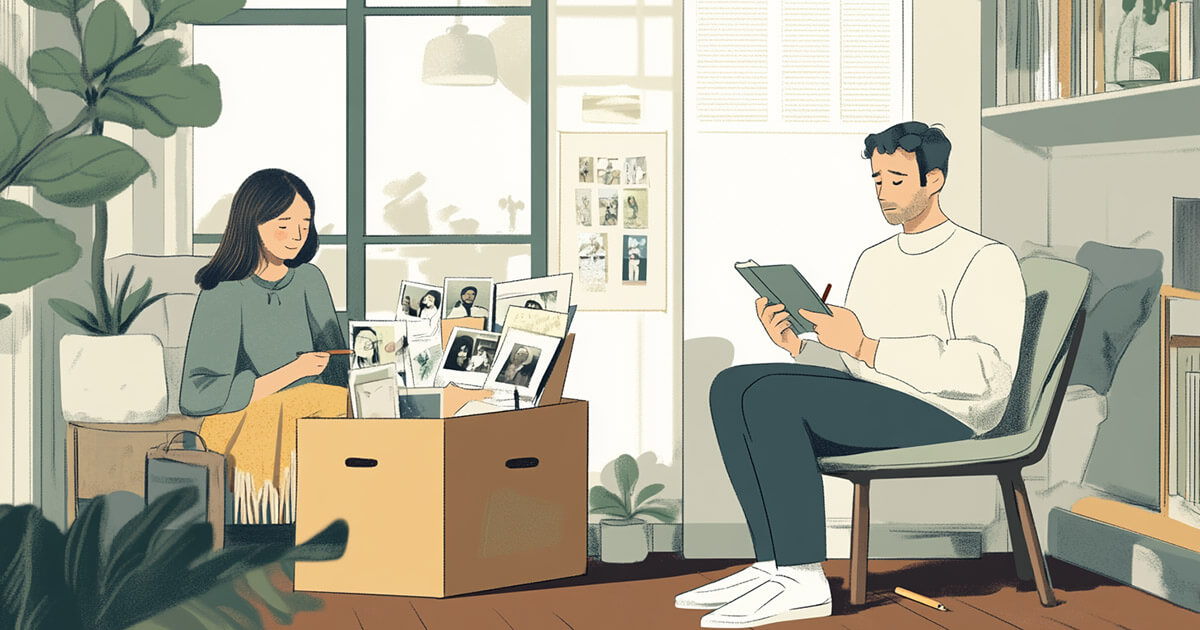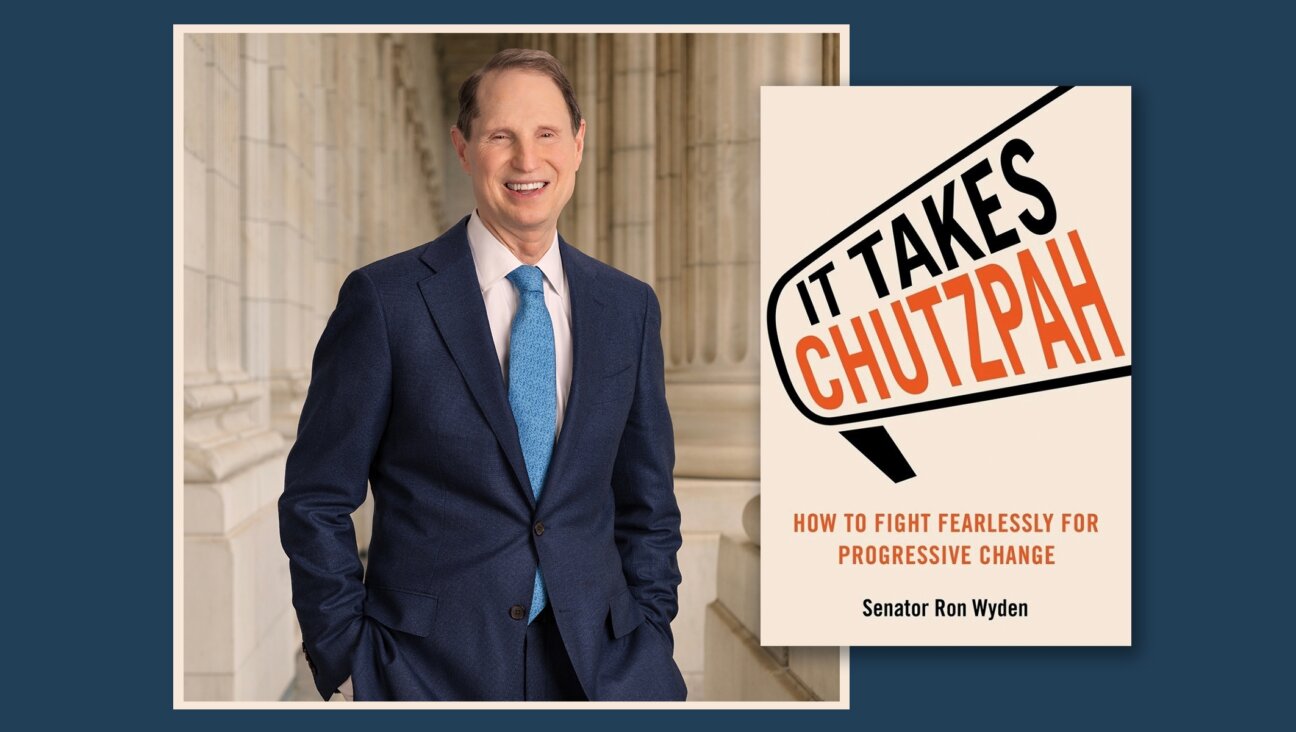Grassroots Influences the Mainstream In Fight Against Child Sex Abuse

This article originally [appeared](http://yiddish.forward.com/articles/203732/ray-of-hope-for-sex-abuse-victims-in-the-orthodox/? “appeared”) in the Forverts.
When a notable anti-domestic violence activist asked her father, the founder of a Baltimore yeshiva, how rabbis had dealt with child sexual abuse in prewar Europe, he told her, “We closed the shutters.”
Up until a few years ago, this selective blindness was the de facto rabbinic therapy for addressing child sexual abuse in the Jewish community. If you couldn’t see the problem, you couldn’t name it, and if you couldn’t name it, it didn’t exist.
But the same forces that rent the veil of secrecy over child sexual abuse in the Catholic Church, Penn State University’s football team and Great Britain’s youth soccer system exposed the alarming reality of abuse in the Orthodox Jewish community. “Social media brought major awareness to the existence of child sexual abuse,” says Meyer Seewald, co-founder of Jewish Community Watch, a victim advocacy organization that takes a guerrilla approach to supporting victims, shaming offenders and rebuking rabbis who minimize the trauma associated with sexual crimes against children.
Indeed, grassroots organizations such as JCW have thrown open the shutters on a communitywide tendency to downplay victim suffering and perpetrator guilt for two arguably valid reasons: Rattling skeletons in the family closet compromises the marriageability of the perpetrator’s children; and committing mesirah — turning over a fellow Jew to non-Jewish civil officials — is halachically taboo. Historically speaking, “squealing” on a fellow Jew to Diaspora authorities frequently did result in the punishment by death of the Jewish offender. Maimonides himself urged rabbinic authorities to kill Jewish informants.
Under the U.S. legal system, however, Jews fare no better or worse than any other ethnic or religious group, and the civic threat is more likely to come from victims themselves: With the support of advocacy groups such as JCW in the United States and Tzedek in Australia, victims may feel empowered to sue the yeshiva or synagogue where the abuse took place. If not for the New York state statute of limitations restricting lawsuits to within five years of the victim turning 18, the number of lawsuits brought by victims could conceivably bankrupt many schools and synagogues.
Since 2011, the Orthodox world’s biggest nightmare has been Manny Waks, founder of Tzedek. Waks mounted a media-savvy campaign against the Yeshivah Centre, a Chabad-run yeshiva in Melbourne where he had been abused repeatedly in the center’s synagogue and mikveh between the ages of 11 and 14. In the wake of two Australian Broadcasting Corporation documentaries about Chabad’s apparent protection of sexual predators, the school leadership all but resigned en masse. Worried that the abuse would eventually resurface, Waks kept up the pressure: This past January, through his political action organization, Kol v’Oz, he held a Global Summit On Child Sexual Abuse In The Jewish Community. And in March, Waks and other communal leaders told Australia’s Royal Commission Into Institutional Responses To Child Sexual Abuse that victims had been communally shunned after going public with their allegations and, moreover, that Chabad accused victims of engaging in malicious gossip — another halachic sin.
Initially, resistance to self-help advocates such as Seewald and Waks was automatic. Indeed, Rabbi Shea Hecht, Chabad’s chairman of the National Committee For The Furtherance Of Jewish Education, believes that victims rights organizations exacerbate the problem of child sexual abuse by making it a kind of cause célèbre. “We know what has to be done, and we will do it very quietly, discreetly,” Hecht said. “We have to remember that even the victim doesn’t want publicity.”
While secrecy remains central to the ultra-religious community’s approach to dealing with domestic abuse issues, Hecht and many other communal leaders recognize that grassroots groups in fact have helped reshape community norms. Virtually no mainstream religious Jewish organization or sect publicly insists anymore that victims speak to their rabbi before going to the police. Thanks to grassroots advocacy, pastoral education programs have taken root at Chabad, Yeshiva University, and at Yeshivat Chovevei Torah and Yeshivat Maharat, two Modern Orthodox rabbinical training schools. Many of these programs have been designed by psychologists, such as Shira Berkovits, and psychiatrists, such as Michelle Friedman — not by rabbis. As Berkovits, who has worked with Victor Vieth of the Gundersen National Child Protection Training Center to architect preventive policies and procedures, observed, “Rabbis increasingly realize that this issue must be dealt with by professionals.”
Admittedly, some rabbinic and lay individuals have been calling attention to child sexual abuse for years. Rabbi Yosef Blau, spiritual adviser at YU and a JCW board member, has long supported pastoral training so that “rabbis will know what they can do and can’t do.” And David Pelcovitz, a professor of psychology and education at YU, has written and published extensively about the impact of sexual abuse on victims. For several years he has taught YU rabbinical students the theory and practice of pastoral counseling, with an emphasis on Berkovits’s “safer shul” policy.
“What Orthodox communities are finally understanding is that the first responsibility is to the victims and their families,” Pelcovitz said. “The perpetrator has brought this trouble upon himself or herself.”
Rabbi Mark Dratch, executive vice president of the Rabbinical Council Of America, acknowledges that grassroots organizations have helped bring the issue of child sexual abuse to light. “Now religious leaders have the greatest obligation to be educated and to respond so that religion becomes a help and support rather than a roadblock when dealing with issues of abuse,” he said.
Rabbis and advocates agree that while the Orthodox Jewish world has made progress in confronting child sexual abuse, many challenges lie ahead. For one, lay advocacy groups sometimes shame alleged perpetrators before victims have identified them and before they have been charged with any crime. A more stubborn problem concerns the five-year statute of limitation laws, especially in New York state, where the majority of observant American Jews live. Some 45% of victims do not talk about their abuse to anybody for at least five years, and some victims never disclose their abuse to anybody at all.
When it comes to child sexual abuse and other domestic abuse issues, change in Orthodox Judaism is slow and incremental, but if you look closely, it is real. Take Rabbi Elchonon Tauber, for example, a rabbinical judge in Los Angeles who told a group of Orthodox rabbis in February 2015 that anybody who does not report child sexual abuse to the police is in violation of Jewish law. The event he attended was hosted by Chabad and sponsored by JCW.
How can you tell if a child is being abused?
A child may be experiencing sexual abuse if he or she:
- Exhibits unusual sexual behavior or knowledge.
- Forces sexual acts on other children.
- Avoids a specific place or person.
- Expresses extreme fear of being touched.
- Suddenly manifests defiance or temper tantrums.
- Appears to lose a sense of self-confidence.
- Increasingly withdraws from friends.
- Unreasonably clings to parents or has difficulty being separated from them.
- Engages in self-injury.
- Has trouble sleeping.
- Loses interest in school.
- Complains of frequent stomachaches or headaches with no identifiable cause.
- Shows unexplained bruises or welts.
Thanks to David Pelcovitz for this list of abuse indicators.
A message from our Publisher & CEO Rachel Fishman Feddersen

I hope you appreciated this article. Before you go, I’d like to ask you to please support the Forward’s award-winning, nonprofit journalism during this critical time.
At a time when other newsrooms are closing or cutting back, the Forward has removed its paywall and invested additional resources to report on the ground from Israel and around the U.S. on the impact of the war, rising antisemitism and polarized discourse.
Readers like you make it all possible. Support our work by becoming a Forward Member and connect with our journalism and your community.
— Rachel Fishman Feddersen, Publisher and CEO








